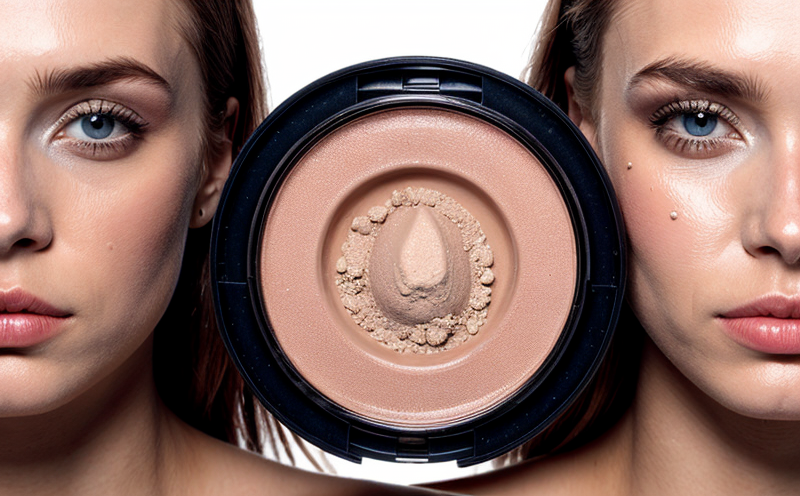Mercury Content Testing in Cosmetic Creams
Mercury content testing in cosmetic creams is a critical process that ensures consumer safety and compliance with international regulations. Mercury, particularly methylmercury, can be toxic even at very low levels. The presence of mercury in cosmetic products poses significant health risks if ingested or absorbed through the skin. This service focuses on accurately detecting trace amounts of mercury in cosmetic creams to guarantee product safety.
The testing process involves several key steps: sampling, preparation, analysis using advanced analytical instruments like Inductively Coupled Plasma Mass Spectrometry (ICP-MS), and interpretation of results. The aim is to ensure that the final product meets stringent regulatory requirements set by organizations such as the United States Food and Drug Administration (FDA) and the European Union’s Cosmetic Directive.
Sampling of cosmetic creams requires careful selection of representative samples from different batches or production runs. Proper sample preparation includes homogenization to ensure uniformity, followed by digestion in a suitable acid mixture for trace metal analysis. The chosen method must not introduce additional contaminants that could affect the accuracy of the test.
Analysis using ICP-MS is preferred due to its high sensitivity and precision. This instrument can detect mercury down to parts per billion (ppb) levels, which are crucial for meeting regulatory limits set by various standards such as ISO 17025. The technique involves introducing the sample into a plasma torch where it is atomized, ionized, and then separated based on mass-to-charge ratio.
The acceptance criteria for this test are stringent, with permissible limits typically set at less than 1 part per million (ppm) of mercury in cosmetic creams. Compliance with these standards is essential to prevent potential health hazards associated with mercury exposure. Failure to meet these thresholds can lead to product recalls and damage to brand reputation.
| Application | Description |
|---|---|
| Methylmercury Detection | Detects trace amounts of methylmercury, a form of mercury known to be highly toxic. |
| Regulatory Compliance | Ensures that cosmetic products meet international standards and regulations regarding heavy metals. |
| Risk Management | Identifies potential risks associated with mercury contamination in cosmetics early in the production process. |
Industry Applications
- Methylmercury Detection: This application is crucial for identifying trace levels of methylmercury, which is a more bioavailable and toxic form of mercury.
- Regulatory Compliance: Ensures that cosmetic products adhere to international standards set by organizations like the FDA and EU Cosmetic Directive.
- Risk Management: Helps manufacturers identify potential risks associated with mercury contamination early in the production process, allowing for timely corrective actions.
Environmental and Sustainability Contributions
Mercury content testing plays a vital role in environmental protection by ensuring that cosmetics do not contain harmful amounts of mercury. By detecting and eliminating trace levels of mercury, this service helps minimize the risk of environmental contamination during production or disposal of cosmetic products.
- Reduction of Mercury Pollution: Ensures that cosmetics are free from harmful contaminants like mercury, reducing the potential for environmental pollution.
- Sustainable Production Practices: Encourages sustainable manufacturing processes by identifying and eliminating sources of contamination early in the production cycle.
Competitive Advantage and Market Impact
- Innovation Leadership: By offering advanced mercury content testing, laboratories can position themselves as leaders in innovation and safety within the cosmetic industry.
- Consumer Confidence: Demonstrating commitment to product safety through rigorous testing enhances consumer trust and loyalty.





